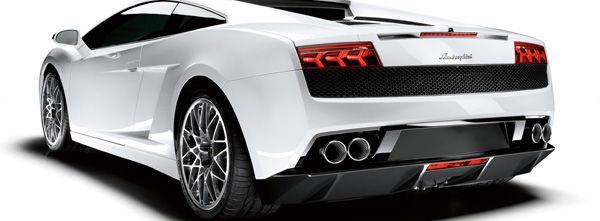Emissions regulations have been a hot topic in Europe, and now regulators for the European Union have put sports car makers in their crosshairs. The EU wants to bring down the average CO2 emissions of cars to 120 grams per km by 2012 (about what the small three-cylinder Smart ForTwo currently produces.) The problem: the current average for European cars is 160 grams per km and most sports cars emit two or three times the current average.
"We are committed to reduce CO2 emissions heavily in the next years so we are doing whatever is possible without destroying the DNA of the brand to bring them down to a much better level than today," said Lamborghini Chief Executive Stephan Winkelmann. "But you have to understand, it will never meet the 120 g or 130 g per km."
The EU is showing some understanding that sports cars cannot meet the emissions targets while still remaining competitive. It is looking to give producers that make less than 10,000 cars per year the ability to negotiate an individual emissions target. This works well for independent manufactures such as Aston Martin and Morgan, but not for others. Manufactures such as Lamborghini and Ferrari are viewed as under the larger corporate parents of Volkswagen and Fiat, which would meant the emissions of the supercars would have to be spread over the entire corporate line. Fiat says the sins of Ferrari and Maserati would add around 1 gram per km to every car the entire group produces.
As an example of how difficult it may be to meet full targets can be illustrated by Lotus. It has managed to get carbon dioxide emissions down to 196 grams per km in its ultra-light, no frills 132hp Elise S.
So what about alternative engines? "An Aston Martin is a very emotional drive, and how much of the appeal would be lost with an electric engine?" said Bradley Yorke-Biggs, director of strategy at Aston Martin. "It would take time for our customer base to accept that.”

